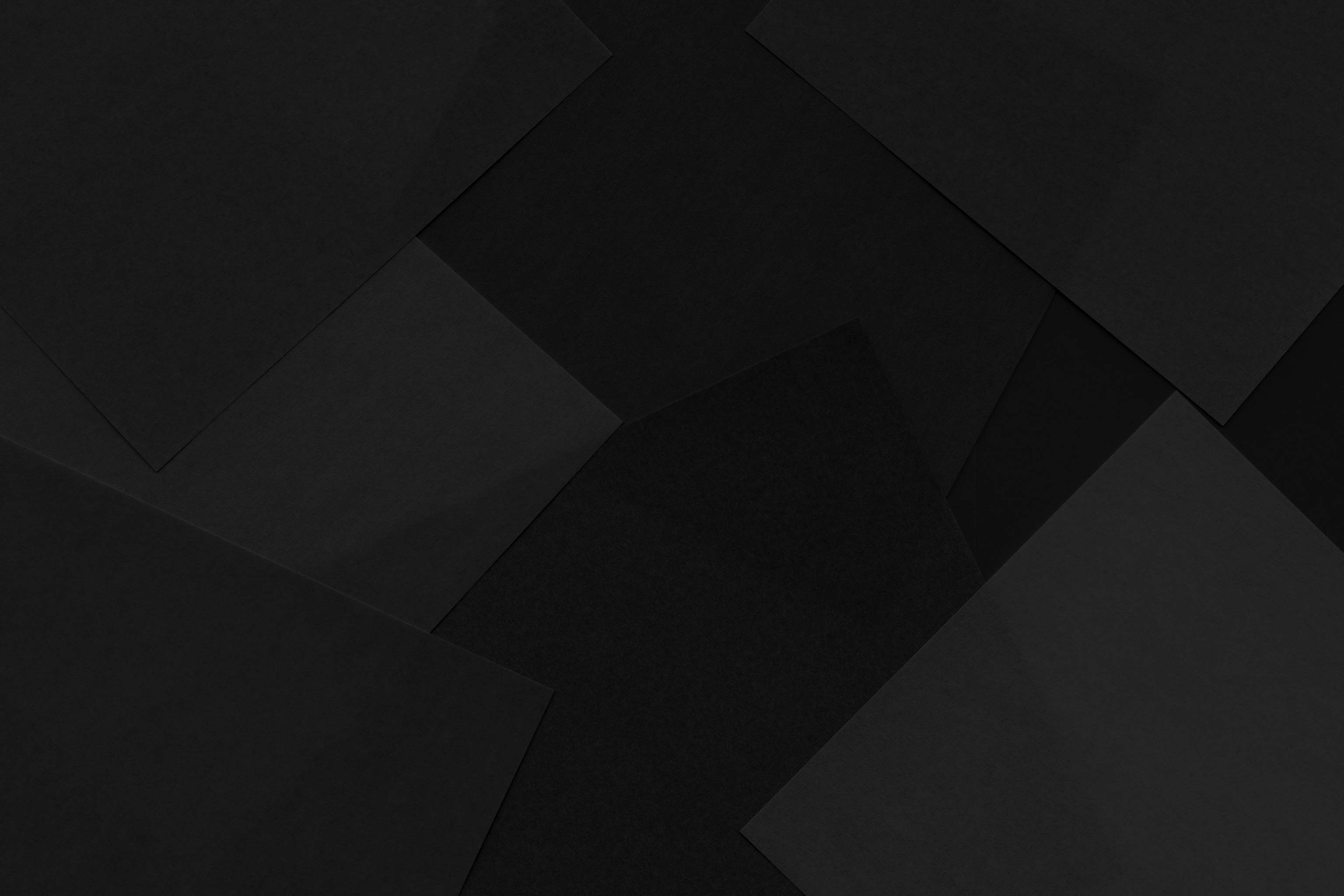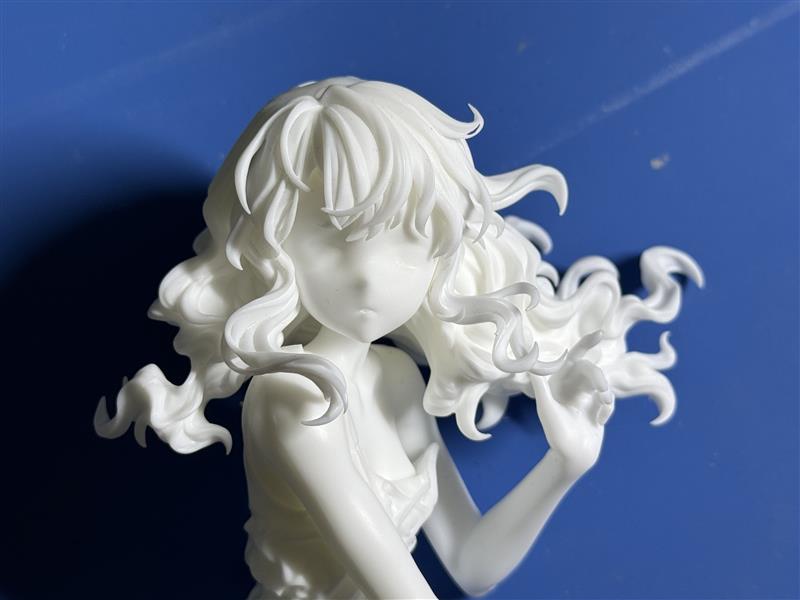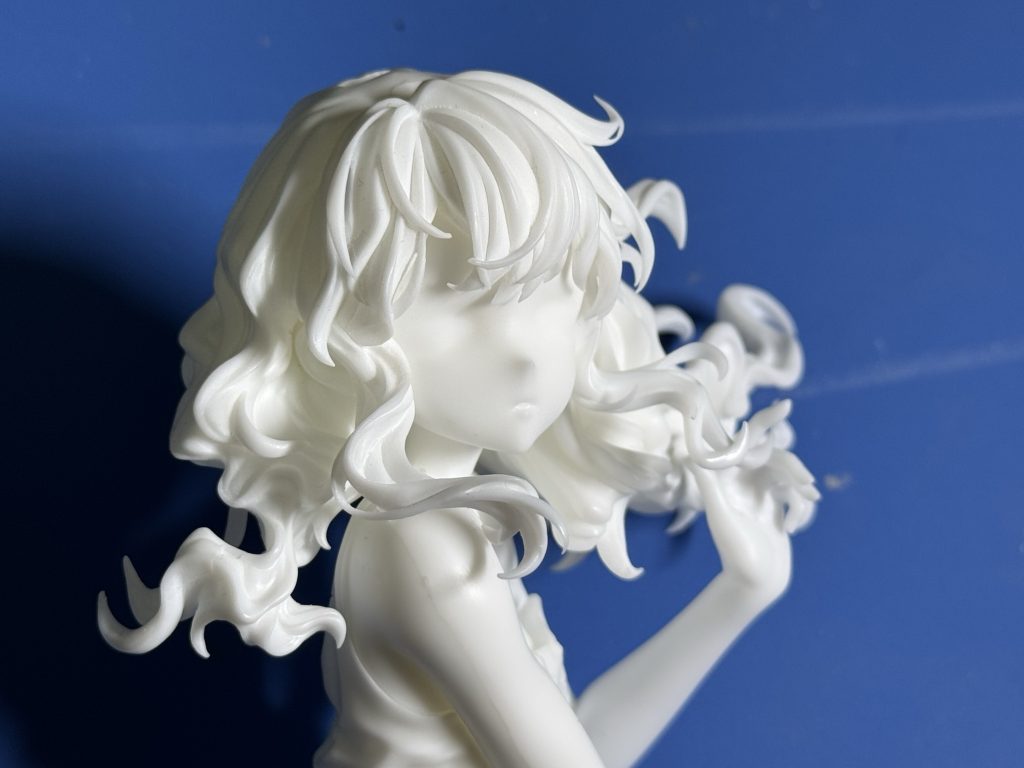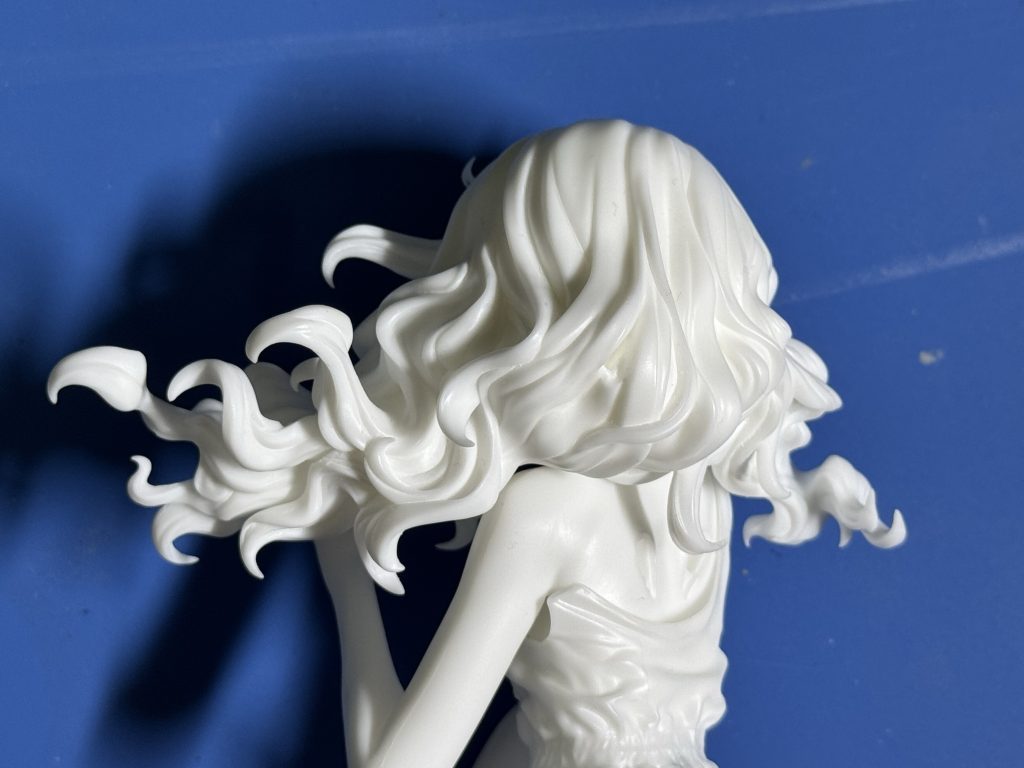
From here on, you will be linked to Nomura Co., Ltd. 's partner page. You can apply from the list of available positions at the link. (Please note that CIC may not always be recruiting.)

CIC NOTE
2025.06-17
Takato SenumaNice to meet you, I'm Senuma from CIC. As an engineering graduate, I'm often in charge of mechanical systems within the company, but the root of my interest is plastic models. I've been playing with plastic models since before I was in elementary school, and I still can't stop, but I'm always thinking about what the "wonder" is about three-dimensional objects that exist in reality.
What it means to "see"
Humans have two eyes. These eyes have evolved to face forward on the face so that we can measure the distance to an object like a carnivore. By looking at an object with each eye, we recognize the object from two directions, and our brain processes it as a three-dimensional object. By properly processing our field of vision as a three-dimensional space, we can easily recognize the distance to the object. And this three-dimensional physical space generally only exists in reality.
What makes it appear "three-dimensional"
In order to recognize that an object in front of you is three-dimensional, you need to view it from two directions. This is because looking at it from only one direction makes it impossible to distinguish whether it is an optical illusion or a real three-dimensional object. In order to confirm whether it is three-dimensional, you have to hold the object in your hand and change its orientation, or change your position around the object. The information that can only be perceived when viewed from a direction that cannot be seen from one direction is the wonder that we obtain because a three-dimensional object is three-dimensional.
"Wonderful" things
When you pick up a pebble on the riverbank, you will probably want to turn it to see what shape it is. There may be a hole on the back, or you may find a fossil. If it is a larger solid object, you may be able to correctly perceive its size by looking at it up close rather than from a distance. In the photographed object, you can see that the hair expresses a space that is greater than its volume. By looking at Figure 1, you can only see the volume of the hair that extends to the left and right. By looking at Figures 2 and 3, you can finally see the shape of the sideburns that extend forward, and the direction in which the volume of the hair at the back is taken. The shape of the hair in Figure 4 even looks like a flying cloud. I want to pick it up and see the real thing, so I have posted photos taken from multiple angles, but it is a shame that most of the charm of the three-dimensional object is lost once it has been photographed. The fact that you can only perceive it by looking at it with your own eyes is a wonder in itself, and this is the charm of the three-dimensional physical space that you can obtain as a three-dimensional object.

Figure 1 Front

Figure 2 Front left

Figure 3 Front right

Figure 4 Rear
I was strolling around the model section today, thinking how nice it would be to have such a three-dimensional object.